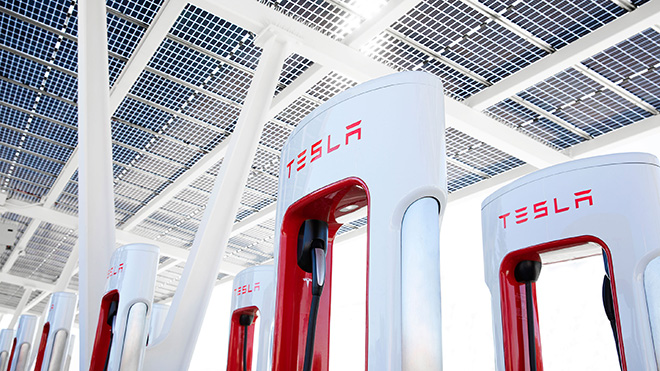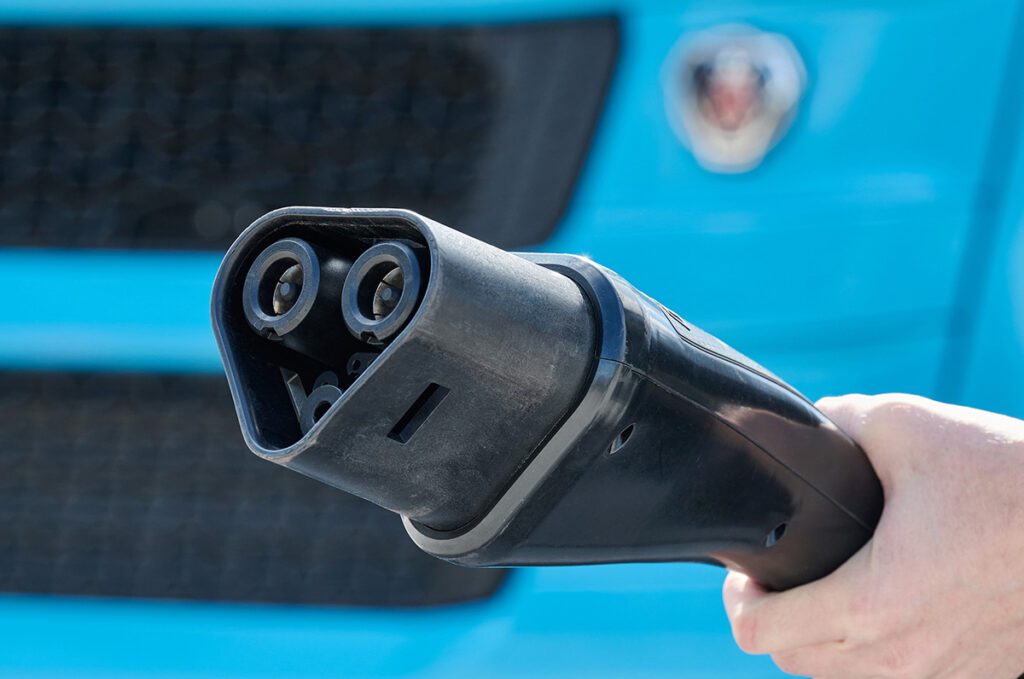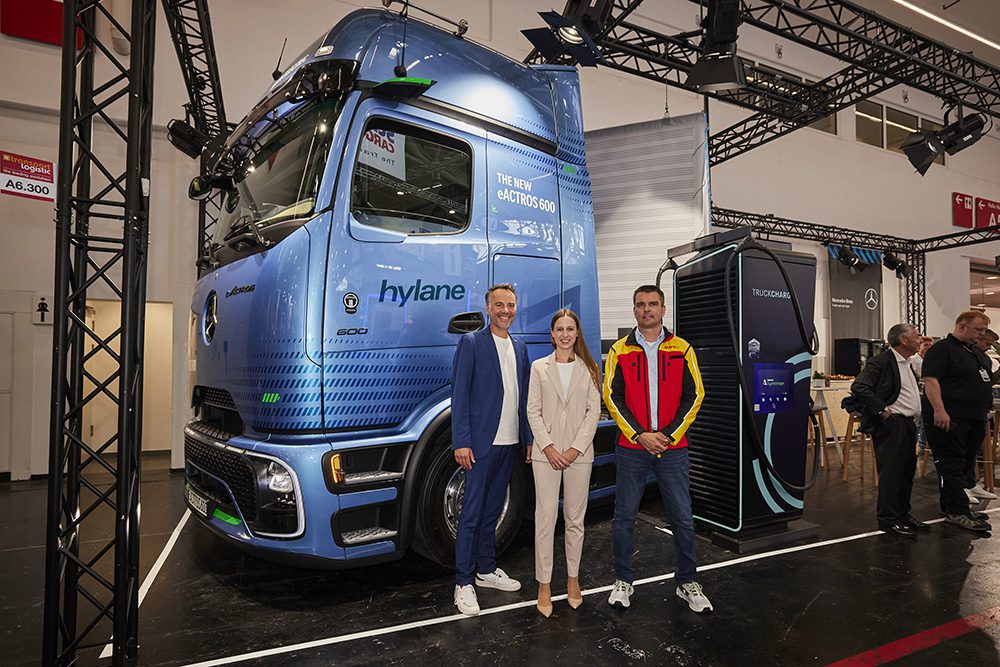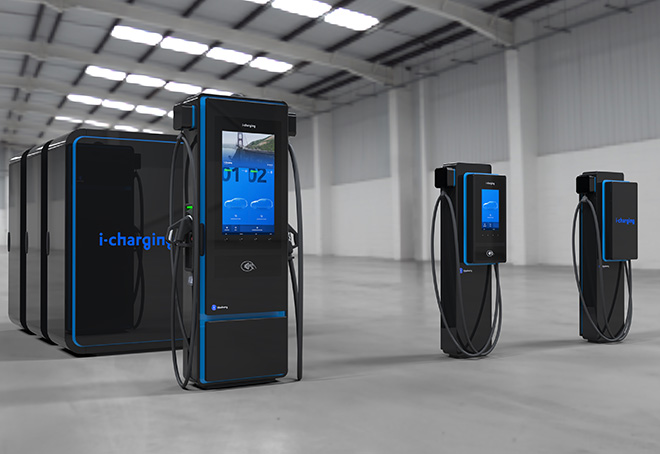Back in 2012, when Tesla introduced Model S, public chargers were almost nonexistent. Electric road trips were impractical, and the paucity of infrastructure was a major consumer objection to buying an EV (it still is). Frustrated with the slow pace of development of an EV fast charging standard, Tesla rolled out its own, and the rest is history. The Supercharger network is widely considered to be the gold standard of fast charging, and it has been a huge competitive advantage for Tesla.
Now that cars are firmly on the (long) road to total electrification, and public networks like Electrify America, ChargePoint and Ionity are rapidly expanding, a network that serves only one automaker’s products is starting to look (to some) like a dated concept. Elon Musk has said several times that he would consider opening the Supercharger network to other brands’ EVs, but there has been no movement on that front.
Last year, CEO Elon Musk said that Tesla Superchargers are already being used “low-key” by other automakers. The rumors have ramped up since. Electrek reports that a German official recently announced that they have been in talks with Tesla. Now Tesla has confirmed to Norwegian officials that it plans to make at least some of its stations available to other automakers by September 2022.
Apparently, Tesla has been negotiating with the local government of Vestland county in Norway about receiving incentives to deploy charging stations, but only charging stations that serve all EVs are eligible. According to minutes of a council meeting obtained by Electrek, officials said Tesla told them that it plans to open the Supercharger network to other automakers by September 2022, so they agreed to approve the incentives.
A similar scenario may be playing out in Sweden. According to the Swedish EV mag Elbilen (the name means “electric vehicles”), Tesla has applied for support to deploy some chargers under a program that requires that they be open to all EVs. “We, therefore, assume that the charging stations they build will be public [accessible to all],” said Hanna Eklöf of the Swedish Transport Administration.
If Tesla is going to open up its network, it makes sense to do it in Europe first, because most European Supercharger stations use the standard CCS connector. In North America, Tesla uses its proprietary plug, so an adapter is necessary.
Some objections to the move do present themselves. Tesla drivers won’t be thrilled about adding thousands more users—in some regions, there are already long lines at Superchargers. However, Tesla seems to have given itself over a year to plan for the expansion, and becoming eligible for government incentives could provide part of the funding to increase capacity.
What about Tesla’s competitive advantage?
Well, first, if Tesla does choose to let customers of other automakers draw the water from the well, as Don Barzini quipped, “certainly he can present a bill for such services—after all, we are not Communists.” Tesla has said in the past that Superchargers are not a profit center, and it’s believed to be providing electricity to Tesla owners pretty much at cost.
Second, the Supercharger advantage is what biz-school types call a moat, and as Elon Musk and Warren Buffett both know, a moat can eventually be breached by a determined attacker. The best of the non-Tesla networks, such as Electrify America, are coming up fast. Having a proprietary network may not be a big advantage for much longer, so Tesla isn’t giving up much by lowering the drawbridge.
And after all, Tesla’s stated mission is to get every driver in an EV, even if it’s not a Tesla. Opening up the Superchargers could be a big step in that direction.
Source: Electrek, Forbes, ilovetesla











































































































